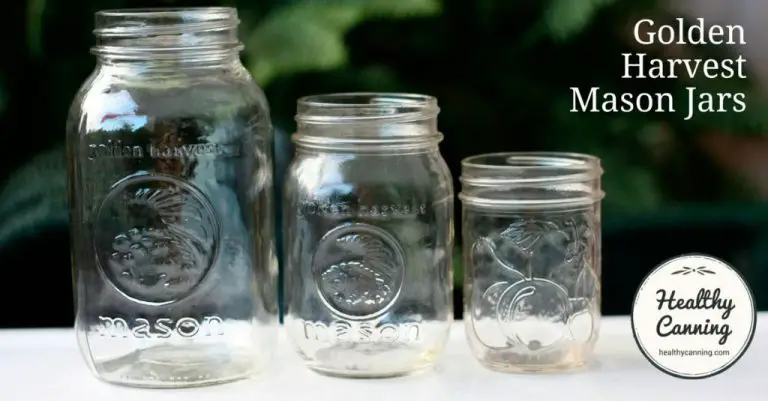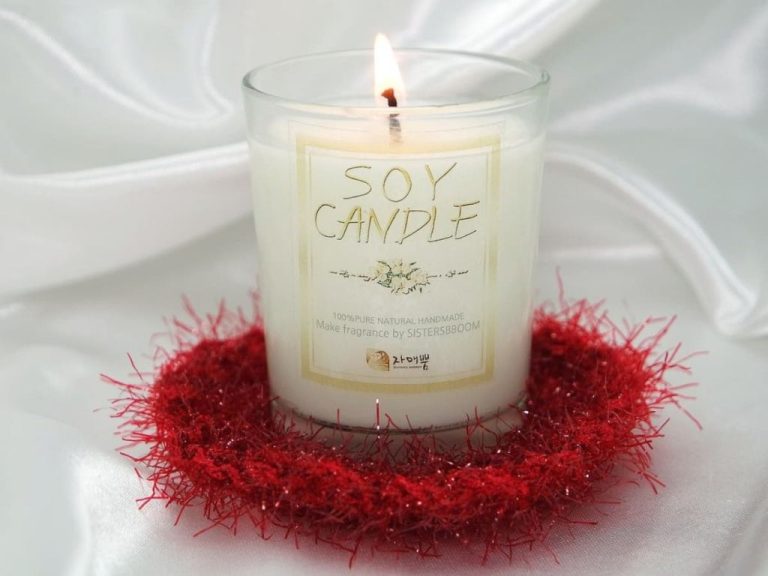How Many Candle Companies Are There?
Candles have been used for light and fragrance for centuries, evolving from simple tallow candles to the wide array of styles, scents, and designs available today. The modern candle industry includes large manufacturers as well as a vibrant market of small businesses and craft candle makers. Retail sales of candles now surpass $3 billion annually in the United States alone. Consumer demand is driven by the mood-altering and decorative possibilities of candles, their versatility to fit any décor, and the growth of the self-care and home fragrance trends. The industry has seen steady growth over the past decade as candles become an increasingly popular household item and gift purchase. Both innovative product designs and improved production methods have shaped the market’s expansion and diversification. This look at today’s candle landscape will explore major companies, manufacturing processes, retail markets, and recent trends that define this flourishing industry.
History of Candles
Candles have been used for light and to mark the passage of time for thousands of years. The earliest evidence of candlemaking dates back to around 3000 BC in ancient Egypt and Mesopotamia. Candles were made by dipping reed or papyrus stalks in melted animal fat. The Egyptians are credited with developing the wick candle, which was made of beeswax. Candlemaking spread to ancient Greece, Rome, and China, where candles were primarily made from tallow. Candles were expensive and mainly reserved for the wealthy until the Middle Ages. In Europe, candlemaking guilds controlled the production of tallow candles. The discovery of spermaceti, a waxy substance found in sperm whale oil, in the 18th century allowed higher quality and affordable candles to be produced. The Industrial Revolution brought innovations like paraffin wax from petroleum, which burned cleaner and was cheaper than animal-based waxes. In the late 19th century, most candles were produced in factories using new materials like stearic acid. Candlemaking has evolved over thousands of years into the global industry we know today.
Modern Candle Industry
The candle industry has seen significant growth in recent years as candles have evolved from being purely functional items to decorative, artistic, and therapeutic products. Custom and artisanal candle makers have driven much of this growth by offering unique scents, colors, shapes, and designs.
Many modern candle companies focus on creating an exceptional sensory experience through candle design. Custom blending fragrance oils and experimenting with new scent combinations allows candle makers to develop distinctive aromatic profiles. Natural soy, beeswax, and other eco-friendly waxes also appeal to today’s consumers. Candle makers additionally handcraft candles in creative shapes and vessels, turning them into artworks and statement pieces.
The growth of the home decor and gift market has boosted artisanal candle sales. Consumers appreciate being able to purchase handmade, small-batch candles as meaningful gifts. While large manufacturers still dominate overall candle production, small businesses have found ways to thrive through product innovation and direct-to-consumer sales channels. As candles become more experiential and customized, the modern candle industry will likely continue expanding.
Major Candle Companies
A few major brands dominate the modern candle industry in the United States and worldwide. These major players include long-standing companies as well as major retailers that have developed their own exclusive candle lines.
One of the most well-known candle brands is Yankee Candle, founded in 1969 in Massachusetts. Through its hundreds of retail stores, catalogs, and online sales, Yankee Candle offers a huge selection of candle scents and designs. The company benefits from its long-standing brand identity and reputation for quality candles.
Another major player is Bath & Body Works, which is owned by L Brands. Although it began as a bath and beauty products retailer, Bath & Body Works has become a leading candle brand by leveraging its established retail presence. Exclusive candle collections drive significant retail sales and brand awareness.
Beyond these two giants, other major candle companies include Village Candles, Colonial Candle, Candle-lite, and Blyth. Major retailers like Target, Walmart and IKEA also produce exclusive candle lines to be sold through their stores.
Small Businesses
In recent years, there has been a rise in small candle businesses started by entrepreneurs and hobbyists. Many of these are candle startups founded by people who have a passion for candle making and want to turn their craft into a business. Candle making has a relatively low barrier to entry, with affordable supplies and equipment needed. This has made the candle industry appealing for small business ownership.
Etsy and other online marketplaces have also helped enable small candle businesses. Etsy alone has over 60,000 active shops categorized as selling candles, allowing independent candle makers to access a large marketplace of buyers. Selling on Etsy provides exposure and distribution for self-made candle products. Many candle enthusiasts launch an Etsy shop to try selling their homemade candles before considering expanding further. The handmade and vintage nature of Etsy lends well to artisanal candle products.
Overall, small businesses make up a significant segment of the modern candle industry. From passionate entrepreneurs starting candle companies to casual hobbyists selling a few items online, small candle shops allow creators to share their products while also competing with major manufacturers.
Manufacturing
The manufacturing of candles involves several steps and processes. The main raw materials used are wax, wicks, and fragrance oils. Paraffin wax is the most common type of wax used, derived as a byproduct from petroleum refining. Other natural waxes like beeswax, soy wax, and palm wax are also used. The wicks are typically made of braided cotton or paper fibers that have been treated with materials to help them burn properly. Fragrance oils are added for scented candles, using both natural essential oils and synthetic fragrance compounds.
The wax is first melted and filtered to remove impurities. Dye may be added at this point to color the wax. Once the wax is melted, wicks are immersed and centered in each candle mold. Fragrance oils are added as desired. As the candles cool, the wax adheres to the wick. Proper cooling and drying is important to achieve the right crystalline structure and appearance. Testing is conducted throughout the process to ensure proper burn characteristics and scent throw. The finished candles are then packaged and shipped to retailers or consumers.
Safety is a top concern in candle making facilities. Proper equipment and precautions help mitigate risks like wax burns, fire hazards, chemical exposures, and inhalation of dust and fumes. Proper ventilation, storage of flammables, use of personal protective equipment, and employee training on safety procedures are essential.
Retail Landscape
The retail landscape for candles has shifted dramatically in recent years. Whereas most candle shopping used to happen in physical stores, online shopping for candles has exploded. According to industry research, online candle sales increased by over 40% in 2021 compared to the previous year.
For candle makers, the rise of ecommerce provides both opportunities and challenges. Selling candles through one’s own website or on marketplaces like Amazon and Etsy opens up access to a huge base of potential customers. However, it also means competing in a crowded digital marketplace.
The other major retail trend is the shift from wholesale to direct-to-consumer (D2C) selling. Many candle brands are cutting out the wholesale middleman and focusing on building direct relationships with customers. This allows for higher margins, but requires investment in digital marketing and brand-building.
In terms of physical retail, specialty candle shops continue to thrive, even as big-box stores like Target and Walmart capture a large share of candle sales. For high-end and artisanal candle brands, placement in boutique retail stores remains an important sales channel.
As candle sales move online, standing out requires strong branding, social media marketing, SEO, and eye-catching photography and descriptions. However, for many customers, being able to smell and experience a candle in person remains important. Omnichannel retailers will likely have an edge going forward.
Market Trends
The candle industry has seen some major shifts in recent years as consumer preferences change. One of the biggest trends is the move toward natural, eco-friendly candles made from soy, beeswax, and other natural waxes. Consumers are becoming more concerned about the ingredients and sustainability of products they bring into their homes. As a result, there has been rising demand for clean-burning candles that don’t emit harmful chemicals or smoke.
Many major candle companies have responded to this trend by expanding their offerings of natural soy candles. These are often marketed as an eco-friendly alternative to paraffin candles. Soy wax is a renewable resource that comes from soybean oil. It’s biodegradable and emits less soot. Beeswax candles are also growing in popularity as a natural option. They are made from honeycomb and burn cleanly. There are even companies making candles out of wood wicks and essential oils to appeal to health-conscious consumers looking for a chemical-free experience.
The clean-burning candle trend ties into the larger wellness movement focused on natural, non-toxic products. Consumers increasingly want to avoid synthetic fragrances and know exactly what’s in the products they bring into their homes. This demand for ingredient transparency has led more candle companies to use essential oils and natural fragrances. There is also more emphasis on sustainable production methods and recyclable or reusable packaging. Overall, the candle industry is responding to shifting consumer values by offering more eco-friendly, natural options.
Statistics
The global candle market has experienced steady growth over the last decade. In 2022, the market was valued at approximately $13.5 billion. By 2027, analysts project the market will reach $17 billion. The United States is the largest market for candles, accounting for over 30% of global sales.
In the US alone, there are over 1,200 candle manufacturers and thousands more small candle makers and hobbyists selling on sites like Etsy. The top 10 candle companies control about 40% of the market. The largest is Yankee Candle with over $500 million in annual sales. Other major players include Bath & Body Works, Village Candle, and Chesapeake Bay Candle.
Despite the presence of large manufacturers, the candle industry has low barriers to entry which has allowed many small businesses to thrive. Over 90% of candle companies have fewer than 20 employees. Local candle shops and boutiques have also gained popularity in recent years. The growth in e-commerce has enabled even hobbyists to sell their handmade candles online across the globe.
Conclusion
The candle industry has a long and storied history, evolving from a practical source of light to a multi-billion dollar market filled with major manufacturers and boutique candle makers. While candles were once a household staple, they are now considered more of a decorative item and self-care product. The industry weathered the transition to electric lighting in the 20th century and has found renewed popularity as consumers seek products that provide a sensory experience and promote relaxation. Looking ahead, the market is projected to continue growing steadily, buoyed by innovative product designs, strategic retail partnerships, and increased consumer demand for fragrance and natural ingredients. Both large and small candle companies can succeed by focusing on quality, unique branding, and customer service. The candle’s warm glow has endured for centuries, and this versatile product should continue providing comfort, ambiance, and happiness for years to come.





